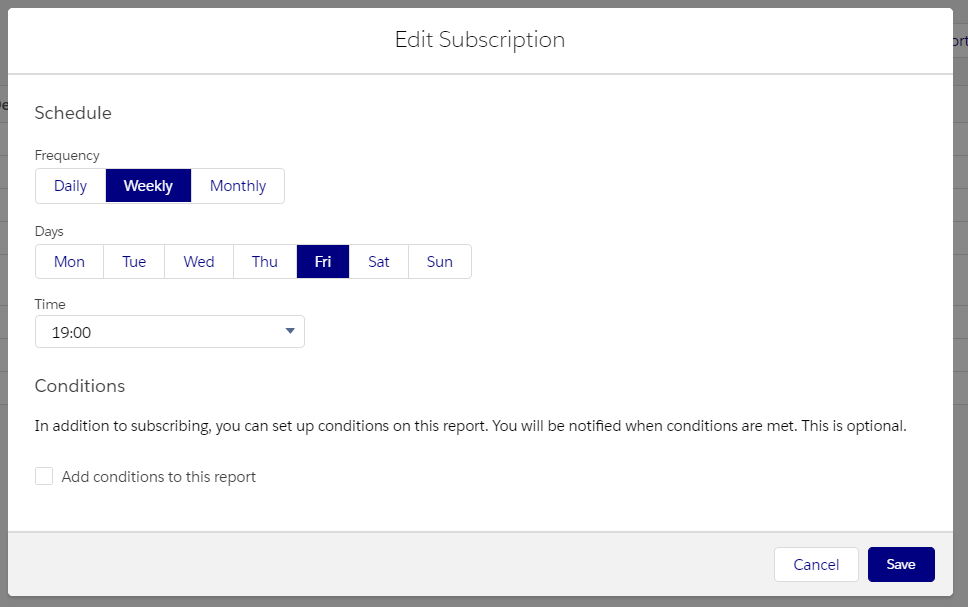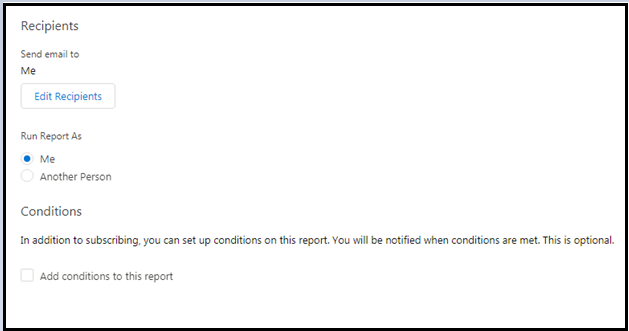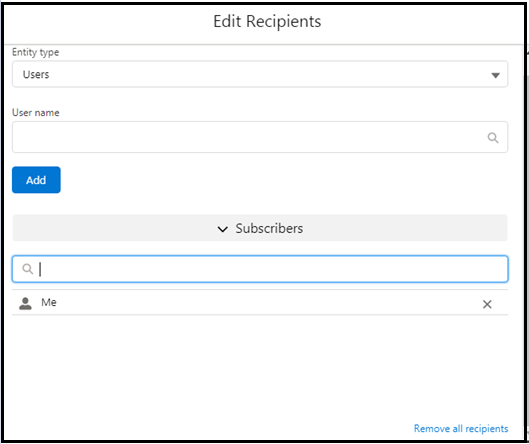How to schedule reports in Salesforce Lightning

5 min
Reports are one of the vital ingredients for business success. They are the decision-making tool that helps investigate and evaluate the prime source of problems and increase opportunities. It is a fact-based document containing statistical data, research findings, and all sorts of relevant information. It is helpful in almost every sphere of life, be it education, medicine, or any business.
Automation is taking over, so reports must be capitalized. Scheduling a report lets the user set up specific parameters to deliver information strategically.
- It benefits in these ways:
- Helps analyze data variability in real-time.
- Avoids heavy querying during peak hours.
- Provides timely and efficient distribution of relevant information to key stakeholders.
- Reduces manual input.
- Enables setting up a timeframe for report delivery and how frequently you should receive the updates.
Apart from delivering updated reports and dashboards, these can be emailed to teammates or other desired recipients along with attached files.
So today we’ll help you set up report scheduling in Salesforce Lightning.
There are two paths to schedule a report in lightning mode, with Reports, or with Dashboards.
With Reports:
- Click on the “Reports” tab
To select the report you will schedule, click the More Action arrow. Select “Subscribe”.
OR Click on the report to be scheduled, and then click “Subscribe”. - An “Edit Subscription” window will pop up.
- Under the “Schedule” section, you can select a frequency like: day, and time to generate and email updated reports as per your requirements. E.g., weekly results on Wednesday at 10:00 am.
- Under “Subscribe”, you will find a default recipient. To add others to the list, “Edit Recipients” with the “Add” button. You can exclusively add users authorized to see that specific report; their corresponding email addresses are in Settings | Email | My Email Settings. If no email address is found, then the email is sent to the address set on their Salesforce User record.
- Under “Run Report As” select the recipients you will email this dashboard from. “Me” is the default and is the user itself. “Search People” allows you to search for the people who will receive this refreshed dashboard/report results. Salesforce will only display the users, groups, or roles with permission to access the report shown in the list of matches.
- Provided you have permission to attach a file to the report email, you’ll see an “Attach File” button. Choose the file format (Formatted Report (.XLSX) or a Details Only (.CSV) file.)- In the case of .CVS files, encoding is optional.
- Attachment limitation: The attached file can include up to 15000 rows, 30 columns, and 3-MB size. Anything more than this will be clipped or not sent. You can view the entire file in Salesforce “Reports”.
- Optional “Conditions” section: The conditions specified in this section are assessed when a report is run at the scheduled time and date mentioned. The notification is sent when conditions are met.
- Click ”Save”.


With Dashboards:
- Click on the “Dashboards” tab
- To schedule a dashboard, click the More Action arrow. Select “Subscribe”.
OR Click on the dashboard for which schedule is to be set, and then click “Subscribe”. - Same as step (c) of Through Reports (mentioned above).

Check which Dashboard or report is scheduled
On a dashboard or report page under the “Subscribe” column, the items ticked are the dashboards and reports that are scheduled.

Unsubscribe one or all
Following the steps to “Subscribe” from (a) to (c) till the “Edit Subscription” window pops up.
To remove one or multiple recipients: remove them from the “Search People” list. If you would like to remove all press “Unsubscribe”.

Limitations
- Some key considerations with report and dashboard scheduling are:
- Users can subscribe to a maximum of 5 reports.
- Users on Platform Edition need an admin to enable their subscription.
- Max 500 recipients (500 email addresses) can be added to each subscription. If the volume of recipients is higher, then the ones with higher priority will receive the emails first. The Priority sequence is: User > Roles > Roles and Subordinates > Groups.
- E.g. if there are 56 users, one role with 650 users, and then one group with 200 users. 56 users will get an email plus 434 users from the role. In this example none of the users in the group will get the email.
- The following features are not supported in Lighting:
- Joined reports.
- Conditional highlighting.
- Historical tracking reports.
- If a user is interested in subscribing a report to a user, group, or role, then a folder containing the report must be shared with the user, group, or role.
“Believe you can, and you are halfway there.”




.jpg)

































